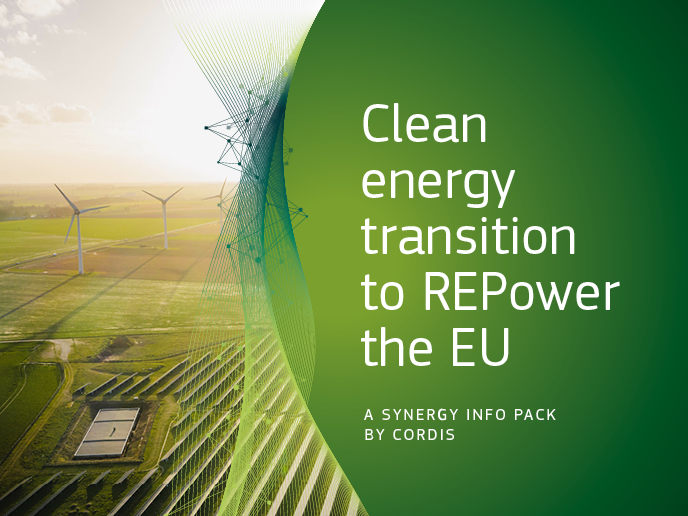Dielectromagnetics dimension in electronics market
Demand for magnetic components has considerably increased over recent years to serve the expanding consumer needs in electronics. Products manufactured by dielectromagentic technologies are renowned for their superior quality as compared to conventional sheet magnetic parts. The key features of the fabricated components involve not only technical but also environmental benefits such as materials usage, improved energy efficiency and recycling. As a consequence, there is growing interest for the development of new generation dielectromagnetic-based micromachines, components and materials. To this end DIELECTROMAGNETICS partners joined forces to advance market confidence in relevant products. A detailed investigation on magnetic energy losses was performed giving insights on the underlying mechanisms affecting power dissipation. In this frame, an effective, thermally stable binder/coating system was developed for the production of annealable dielectromagnetic composites. The new system comprised metallic powders coupled with organo-silicate materials with enhanced insulating properties. The generated complexes were subjected to thermal annealing at temperatures between 450 degrees Celsius and 600 degrees Celsius, exceeding the temperature threshold achieved previously. Feasibility studies were also performed to assess cost-effectiveness against highest performance. The results obtained were satisfactory but not exceptional in order to proceed to a commercial application. Hence, the new composites were chosen to be exploited as a model system. The knowledge derived from this effort has become available to the public for further evaluation of new material's magnetic properties. It is evident that detailed understanding of mechanical properties, chemical compatibility, surface adhesion and lubricity would considerably improve new design prospects. The practical issue of attributing desired properties to magnetic components for minimal energy loss was not solved. However, significant progress was made in understanding their behaviour and the ground for the design of new formulations was laid. Manufacturing of functional materials with improved property combinations is, beyond a doubt, an attainable goal.







